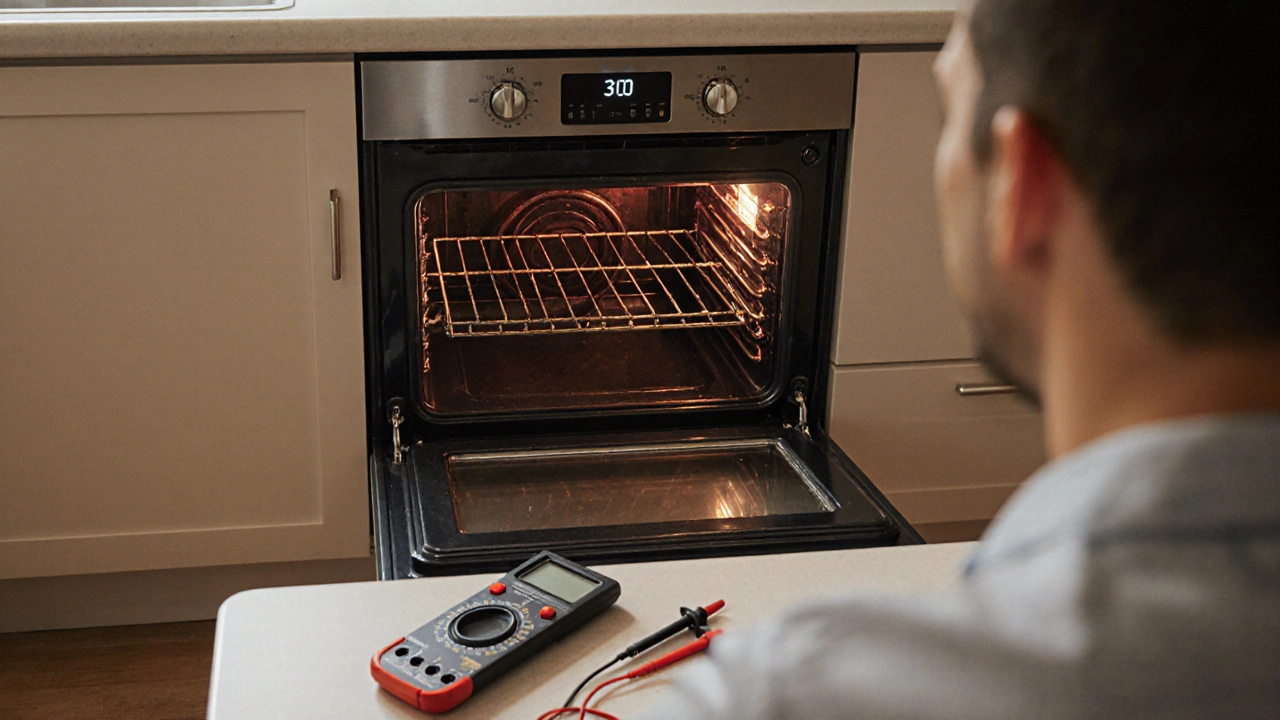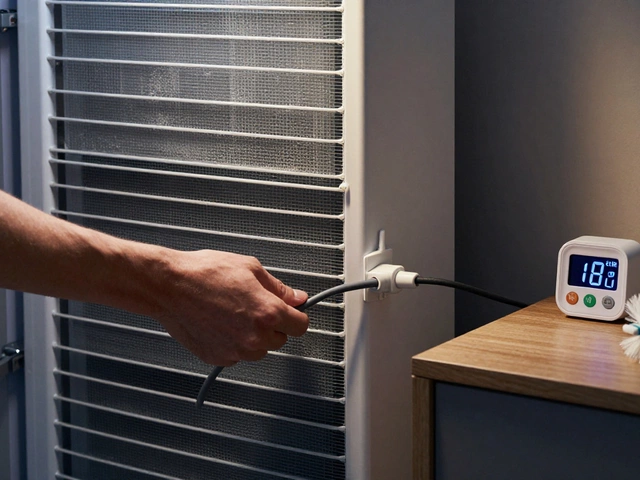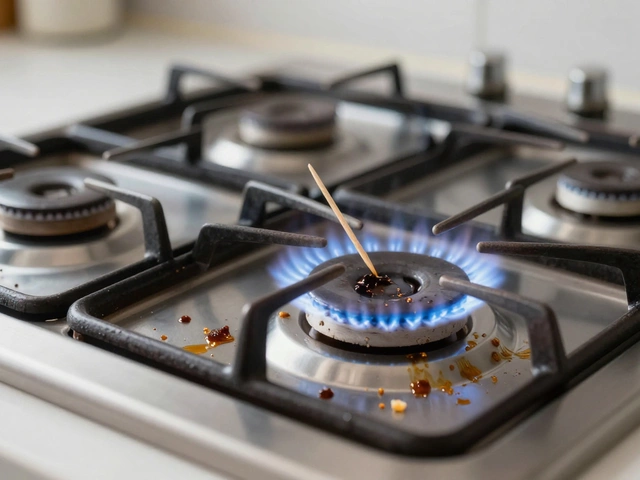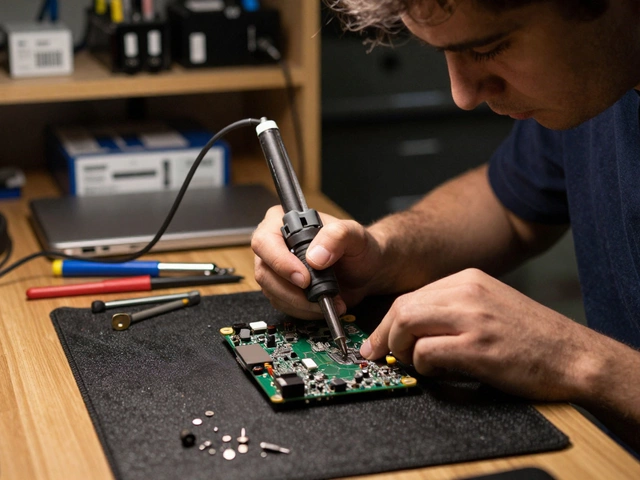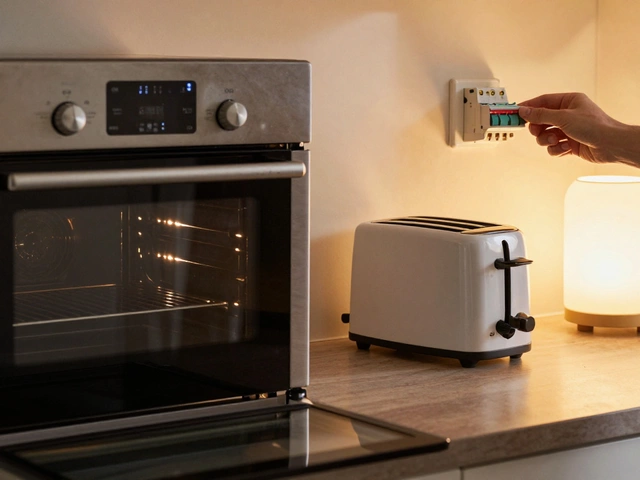Oven Repair vs. Replace Calculator
Quick Takeaways
- Most ovens last 12-15 years; older than that, frequent repairs signal the end.
- Uneven heating, strange noises, or constant error codes usually mean a major part has failed.
- If a single repair costs more than half the price of a new unit, consider replacement.
- Energy‑inefficient models can add $100‑$300 to your yearly bill.
- Regular cleaning and a yearly check‑up can push an oven’s life well beyond the average.
Wondering whether your trusty kitchen companion is ready for retirement? Below we break down the tell‑tale signs, how to test them yourself, and when it’s smarter to put a new oven on the counter instead of fixing the old one.
Signs Your Oven Is Near the End of Its Life
Not every hiccup means you need a brand‑new appliance. However, certain symptoms almost always point to a failing oven that’s better off replaced.
Oven is a built‑in kitchen appliance that uses heat to bake, roast, and broil food. Over time, its internal components wear out, leading to performance loss.
- Heat never reaches the set temperature: If your oven consistently reads 20‑30°F lower than the dial, the heating element or thermostat may be dead.
- Hot spots or uneven baking: A cracked or detached heating element creates zones that are scorching hot while other areas stay lukewarm.
- Unexpected shutdowns: Modern ovens have safety circuits. Frequent power‑off cycles often mean the control board is failing.
- Strange noises: Squealing, rattling, or buzzing can indicate a loose fan, a broken door gasket, or a motor that’s on its last spin.
- Error codes that won’t reset: Persistent codes (e.g., "F1" on many models) usually flag sensor or control‑board issues.
- Visible rust or corrosion: Inside the cavity or around the door hinges, rust can spread to electrical connections, creating a fire hazard.
- Age over 12-15 years: Even if it still works, older ovens are less energy‑efficient and parts become harder to source.
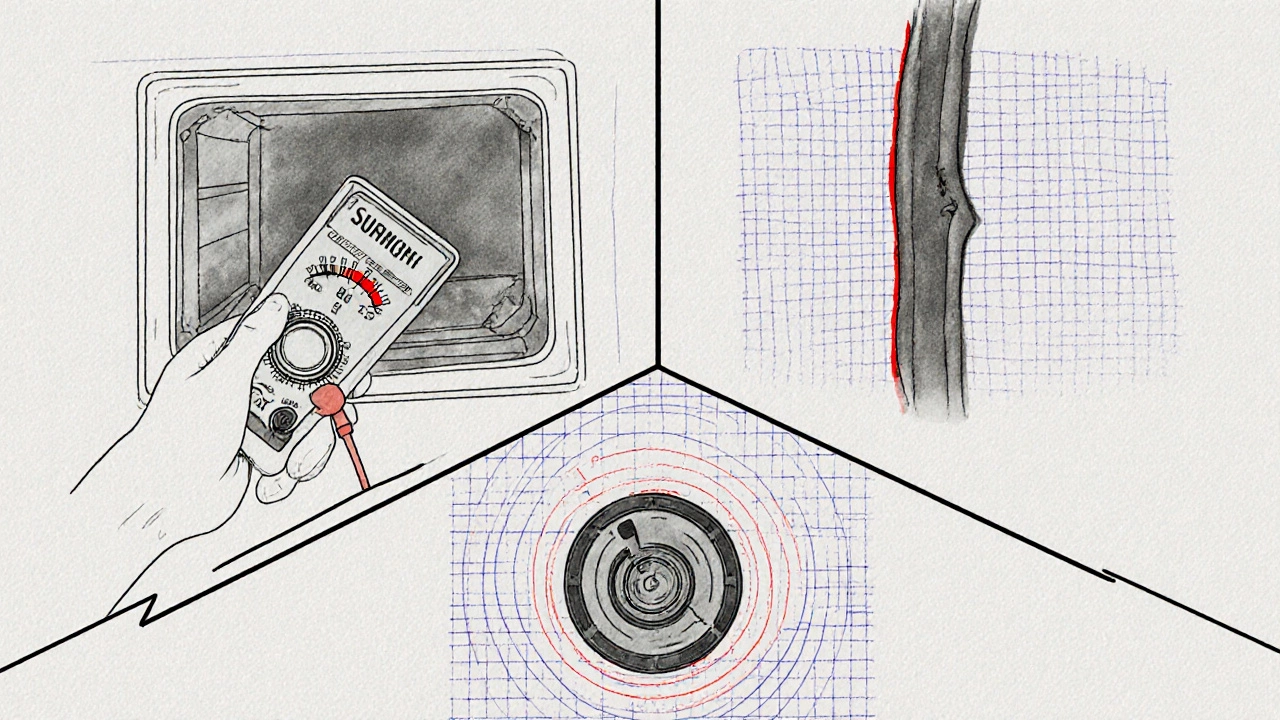
How to Diagnose Common Problems
Before you call a technician, you can run a few simple checks. Grab a screwdriver, a multimeter, and a notepad - it’s quicker than you think.
- Check the heating element: Open the oven door, turn the knob to "Bake" at 350°F, and look for the red coil glowing. If it’s dark or broken, it’s time for a new element.
- Test the thermostat: Using a Thermostat (the temperature sensor), measure resistance with a multimeter. A typical oven thermostat reads about 1,200Ω at room temperature; a reading far outside that range signals failure.
- Inspect the door gasket: The gasket (the rubber seal around the oven door) should be flexible and intact. A cracked or missing gasket lets heat escape, causing uneven cooking and higher bills.
- Listen for the fan: Most convection ovens have a rear fan. If you hear a humming sound but no airflow, the fan motor may have burned out.
- Run a self‑diagnostic: Many modern ovens have a built‑in test mode. Consult the manual (or look it up online) and note any error codes that appear.
If any of these checks point to a single, inexpensive part, repair might make sense. But when multiple components fail together, the odds are the oven is beyond economical repair.
Repair vs. Replace: A Cost Comparison
Below is a quick snapshot of typical expenses in 2025. Prices vary by brand, region, and whether you hire a licensed technician.
| Scenario | Average Cost | Typical Lifespan Extension | Energy Impact |
|---|---|---|---|
| Single part (heating element) | $180‑$250 | +5 years | Neutral |
| Control board replacement | $300‑$450 | +3‑4 years | Neutral |
| Multiple failures (element, thermostat, gasket) | $550‑$700 | +2 years | Neutral |
| New standard electric oven (mid‑range) | $950‑$1,300 | 12‑15 years | -10% annual energy use |
| New convection oven with smart features | $1,400‑$2,200 | 12‑15 years | -15% annual energy use |
Rule of thumb: if the repair bill is 50% or more of the price of a comparable new unit, it’s usually smarter to replace. You also get better energy efficiency and newer safety features.
Choosing a New Oven: What to Look For
When you decide on replacement, keep these factors in mind so you avoid buyer’s remorse.
- Energy efficiency rating: Look for ovens with an ENERGY STAR label. They consume up to 30% less power than older models.
- Fuel type: Gas ovens heat up faster and are cheaper to run where natural gas is abundant. Electric models offer more even heat distribution.
- Size & capacity: Measure your cabinet opening. Standard ovens are 30" wide, but there are 24" and 36" options for compact or large families.
- Features that matter: Self‑cleaning, convection fan, smart connectivity, and easy‑clean interiors. Pick what you’ll actually use.
- Warranty length: A 2‑year parts warranty is typical; premium models may offer 5‑year coverage on the heating element.
- Installation costs: Factor in the price of a Professional Technician for safe hookup, especially for gas ovens.
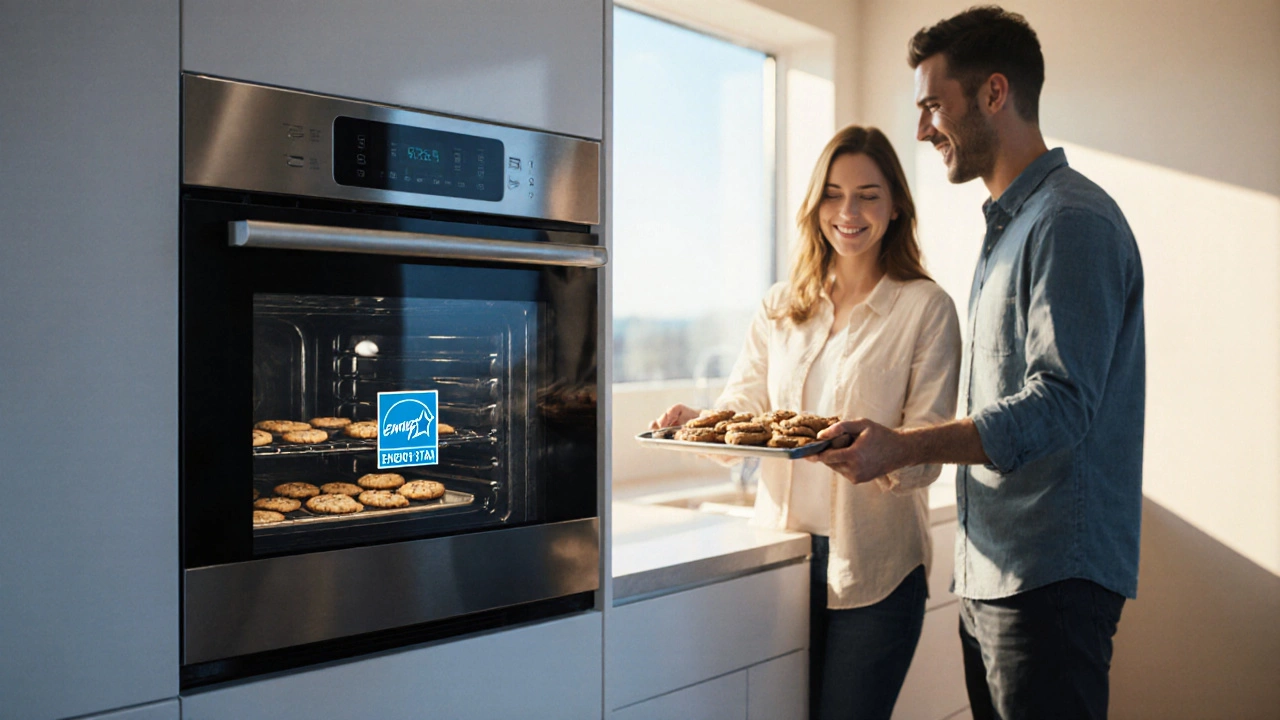
Extending the Life of Your New Oven
Even the best oven will wear out sooner if you neglect it. Use this checklist after every bake session.
- Wipe spills within 15 minutes - burnt-on food cooks onto the interior and reduces heat efficiency.
- Check the door gasket quarterly; replace if you see cracks.
- Run a self‑cleaning cycle only when needed; frequent high‑heat cycles can wear out the thermostat.
- Calibrate the temperature annually (most ovens have a calibration screw behind the control panel).
- Schedule a professional inspection every 3‑4 years, especially for gas models.
When to Call in a Pro
A few situations are best left to licensed experts:
- Gas line connections or leaks - a certified gas technician is mandatory for safety.
- Electrical work involving a 240‑V circuit - improper wiring can cause fires.
- Control board or sensor failures that require specialized tools.
- Any repair that costs more than 30% of the oven’s original price.
Choosing a reputable Appliance Repair service in Vancouver? Look for community reviews, proper licensing, and a clear written estimate before any work begins.
Frequently Asked Questions
How long should an oven typically last?
Most ovens have a useful life of 12‑15 years. Proper maintenance can extend that by a few years, while heavy‑use commercial‑style ovens may wear out sooner.
Is it cheaper to repair a gas oven or an electric oven?
Generally, gas ovens have fewer electronic parts, so repairs like igniter or valve replacements can be cheaper. However, the overall cost also depends on local labor rates and part availability.
What are the signs of a faulty oven thermostat?
If the oven consistently runs hotter or colder than the set temperature, or if you see error codes related to temperature (often “F1” or “E2”), the thermostat sensor is likely at fault.
Can I replace an oven door gasket myself?
Yes, most gaskets snap into place with simple tools. Make sure the oven is unplugged, remove the old gasket, clean the groove, and press the new one in firmly.
What is the benefit of a convection oven?
A convection fan circulates hot air, shaving 10‑20 minutes off bake times and giving more even browning, which is especially useful for multi‑rack baking.
Bottom line: if you’re staring at a repair quote that’s close to the cost of a brand‑new, energy‑efficient model, that’s the moment to consider oven replacement. An informed choice saves money, energy, and a lot of kitchen frustration.
